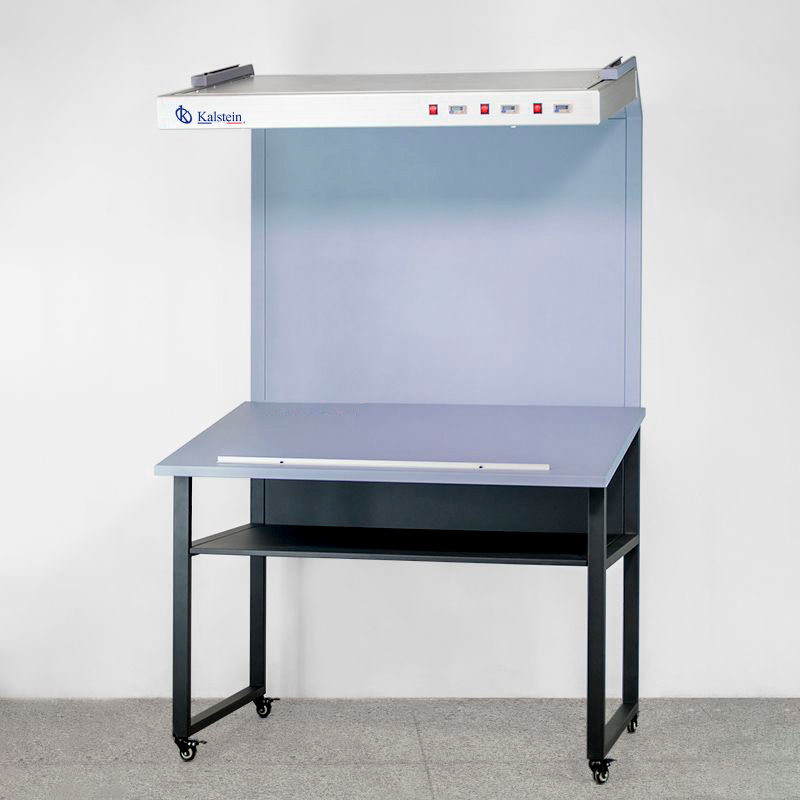The color assessment box is a scientific tool that, along with other techniques such as the microscope, fluoroscope, and scanning electron microscope, helps medical personnel more accurately evaluate the results of a medical test. This tool is named after Maria Sklodowska-Curie (the mother of radioactivity) and was invented in 1913. Since then, researchers have used the modified variant of the color assessment box to improve medical research results.
One of the main uses of the color assessment box is to help clinicians determine whether the results of examinations, procedures and treatments are within an appropriate range. This is especially critical for disease diagnosis, as errors can lead to incorrect diagnoses. To help clinicians do this work, the box should contain several items such as different colorations for each test, a “changing” part that allows measuring the percentage of items, and an LCD screen to make the results easier to use and read.
How does the color assessment box help medical research?
The color assessment box also provides health care personnel with information about the content of results. For example, it can help doctors interpret the results of an examination to see if there is an acceptable level of a specific enzyme in the body. This tool can also measure the percentage of certain elements, such as nutrients, ions, etc., that may indicate a problem. This can also help doctors interpret results correctly for a particular patient.
In addition, the color assessment box can also help scientists more accurately monitor changes in the levels of chemicals in the body. The ability to accurately detect these changes can help doctors diagnose chronic diseases, such as cancer. This will enable psychologists and other health professionals to detect the first signs of the disease and to administer treatments and medicines on time.
What are the advantages of color assessment boxes in medical research?
In addition, the color evaluation box offers other advantages. For example, it enables doctors to quickly detect the degree of concentration of any chemical within body tissue. This can be useful in determining whether a patient is having a toxic reaction or a side effect to the drug. This will help doctors determine if the treatment is right for the patient.
In addition, the color evaluation box also helps researchers discover new drugs. Using the results of the color evaluation box, researchers can identify the degree of toxicity of drugs and determine which are the safest to use. This can help doctors give the right medicine safely.
In conclusion, it can be said that the color evaluation box is a critical tool to improve the results of medical research. It helps medical personnel determine the right levels of chemicals in the body for proper diagnosis, and can also help scientists discover new medicines and detect the effects of drugs. This tool has improved the diagnosis and treatment of diseases by providing medical staff with an additional tool to evaluate the results of medical research.
The use of Kalstein color assessment boxes by medical staff
Determining the color of an object is a critical process, especially if it is a test that can support a medical diagnosis. The color evaluation box from the manufacturer Kalstein provides a way to accurately and reproducibly set the color of an object. This is because it provides a controlled lighting space, with standard light sources and color patterns to match the color. Our equipment is on sale on the website, where we can advise and guide you in the purchase, give the prices. The links are HERE and HERE.

